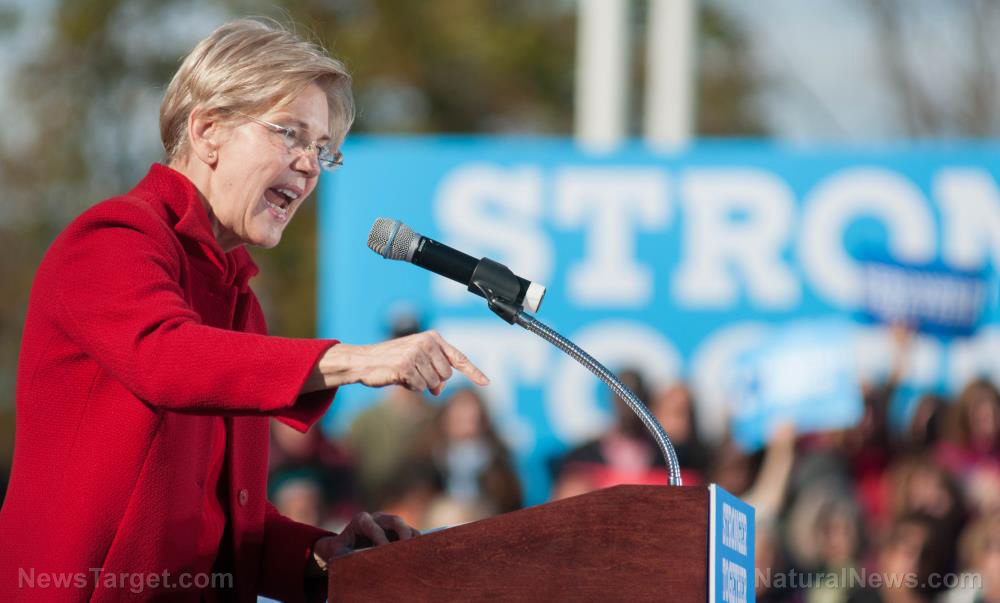
On the surface, last week's midterm elections really weren't awful. Sure, the left picked up a House majority, but the president's party routinely loses ground in Congress in midterm elections. Hell, even President Ronald Reagan saw the GOP lose yardage in the 1982 and 1986 midterms. Granted, having to say, "Speaker of the House Nancy Pelosi" is like saying "Sure, I'll have seconds of the stewed beets," but at least that "Beto" clown got his walking papers. Besides, the GOP can stock the federal judiciary with competent judges while the House Democrats spend the next two years arguing over whose name goes first on the latest bill to impeach President Donald Trump. Indeed, far from the anticipated hemorrhage, last week was more like a bad paper cut. Sure, it stings, but it won't even require stitches.
But that's on the surface. Beneath the veneer of acceptable losses, the midterms offered a warning that the GOP had bloody well better take seriously. While the infection of liberalism is slowly spreading to cover nearly the entire East Coast, and has essentially destroyed the opposite shore, it appears to be metastasizing to far-flung regions of the American body. Senator Ted Cruz defeated "Beto," but he hardly stomped him flat, and O'Rourke's campaign taught the Democrats that they can use their control of the media in concert with a monster spending campaign to great effect.
In Arizona, voters gave John McCain's already-shaky Republican seat to far-left Democrat Kyrsten Sinema. The changing demographics in the desert turned their backs on badass A-10 pilot Rep. Martha McSally to embrace a liberal who spent half her campaign discussing how much she hated them.
Deep in the heart of Dixie, the Democrats, who haven't dominated the landscape since they still had real KKK members on their roster, made noticeable noise. Although Stacey Abrams didn't win, she made a hell of a splash. Again, a "red" state turned purple by fawning media coverage working hand-in-glove with liberal cash. Considering Abrams on her own was a gaffe-prone curiosity, it's fair to say that her success essentially means Oprah Winfrey almost bought a governor's mansion.
In Florida, Representative Ron DeSantis barely outpointed socialist Mayor Andrew Gillum of Tallahassee in a gubernatorial contest which involved little more than Gillum using the media to paint DeSantis — and anyone else who mentioned his appalling corruption — as racist. In the Sunshine State's Senate battle, Phil Scott edged incumbent Bill Nelson in a race which I doubt Scott could have won without his own foundation as governor.
It's worth noting that both Florida and Georgia face junior varsity versions of the disputed presidential election of 2000. Much like that farce, Abrams, Nelson and Gillum are all engaged in brazen attempts to "find" enough votes to steal victory from the jaws of defeat. Perhaps learning their lesson from Al Gore's famous faceplant, the trio are using a combination of celebrity money and media misinformation to manipulate the situation to their advantage. Facts about bogus votes and imaginary attempts at voter suppression have faded behind celebrity- and reporter-spouted half-truths, outright lies and tangential character attacks on the Republicans. They've even begun floating the idea of "House" and "Senate popular votes" as being proof of a need to reduce American elections to pure popularity contests.
While the Democrats came uncomfortably close to the winner's circles in places in which they would formerly have been also-rans, they produced winners deep in their liberal redoubts who would have been on the other side of the Iron Curtain during the Cold War. Much like the lukewarm leftists who are spreading like mold into places like Texas, Florida, Georgia, Arizona and Virginia, the ones at the heart of the infection will look for ways to escape their urban confines. Given their innate authoritarianism, their "by any means necessary" mantra is clearly more than a metaphor.
The GOP may have come out ahead of short-term expectations last week, but their long-term expectations may need some tempering. If they — and, more importantly, conservatives as a whole — don't get their acts together, the next close calls will go the opposite way.
— Ben Crystal











